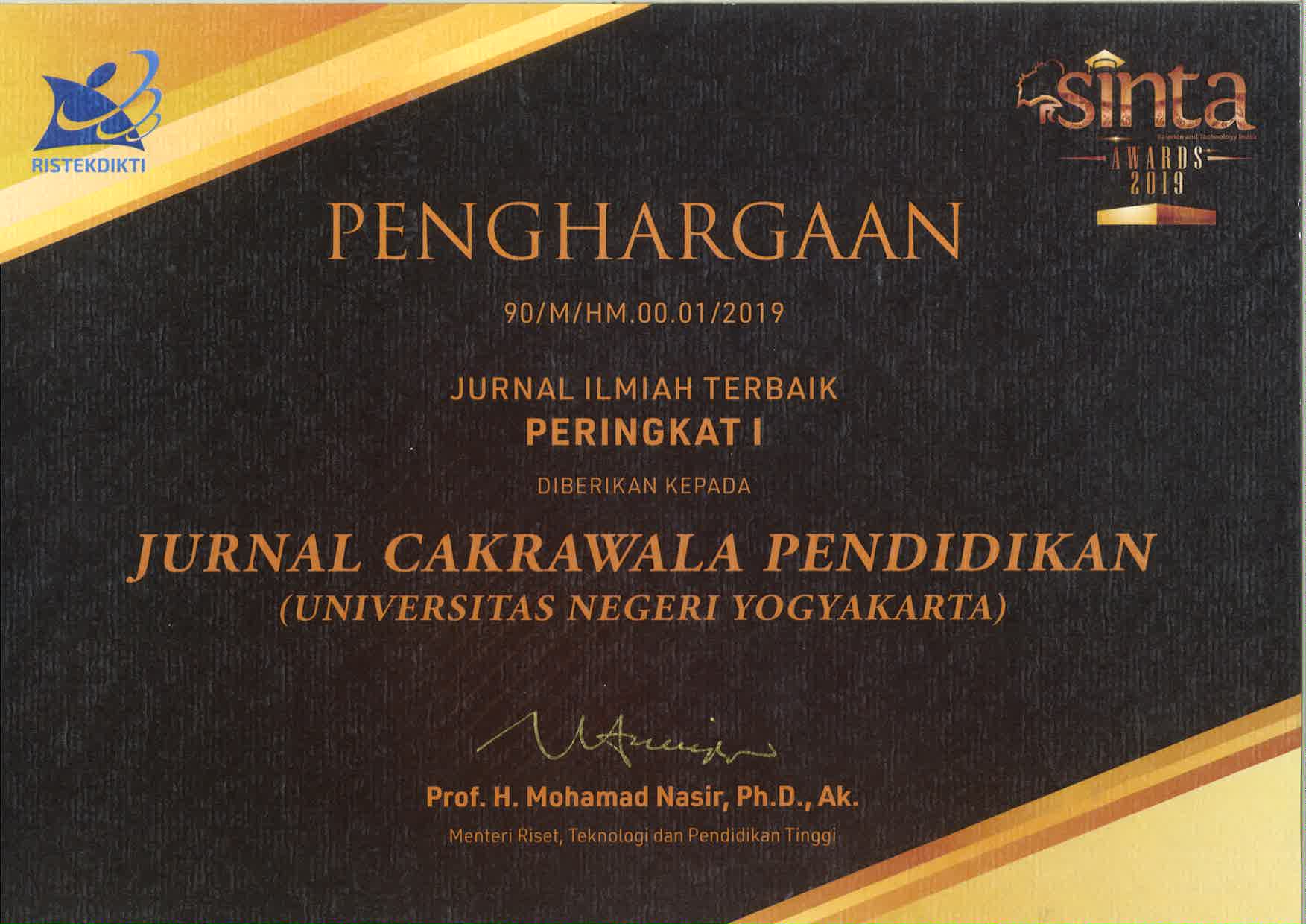Identifying student needs in english for information technology at the post-secondary level
Downloads
Downloads
Basturkmen, H. (2010). Developing courses in English for specific purposes. Basingstoke, UK: Palgrave Macmillan. https://doi.org/10.1057/9780230290518.
Brindley, G. (1989). The role of needs analysis in adult ESL programme design. In R. Johnson (Ed.). The Second Language Curriculum (pp.35-70). Cambridge: Cambridge University Press.
Berwick, R. (1989). Needs assessment in language programming: from theory to practice. In R. Johnson (Ed.), The Second Language Curriculum (pp.52). Cambridge: Cambridge University Press.
Brown, J. D. (1995). The elements of language curriculum: A systematic approach to programme development. Boston, US: Heinle & Heinle.
Brown, J. D. (2009). Foreign and second language needs analysis. In M. H. Long & C. J. Doughty (Eds.), The handbook of language teaching (pp. 269-293). London, UK: Wiley-Blackwell. https:// doi.org/10.1002/9781444315783.ch16.
Dogancay-Aktuna, Seran & Hardman, Joeal C. (2017). A framework for incorporating English as an international language perspective into TESOL teacher education. In A. Matsuda (Ed), Preparing Teachers to Teach English as an International Language. Bristol: Multilingual Matters, 19-32.
Dudley-Evans, T. & ST John M. J. (1998). Developments in English for specific purposes. Cambridge: Cambridge University Press.
Graves, C. (1999). Designing language courses: A guide for teachers. Boston, UK: Heinle & Heinle.
Gulikers, J. T. M. & Bastiaens, T. J. & Martens, R. L. (2005). The surplus value of an
authentic learning environment. Computers in Human Behavior. 21. Pp 509–521.
Hutchinson, T. & Waters, A. (1987). English for Specific Purposes: A learning-centered approach. Cambridge, UK: Cambridge University Press.
Hyland, K. (2006). English for academic purposes: An advanced resource book. London, UK: Routledge.
Hamp-Lyons, L. (2001). English for Academic Purposes. In R. Carter, & D. Nunan (Eds.), The Cambridge guide to teaching English to speakers of other languages (pp.126-130). Cambridge: Cambridge University Press.
Johns, A., & Dudley-Evans, T. (1991). English for specific purposes: International in scope, specific in purpose. TESOL Quarterly, 25(2), 297- 314. Retrieved from http://www. jstor.org/stable/3587465
Long, M. H. (2005). Methodological issues in learner needs analysis. In M. H. Long (Ed.), Second language needs analysis (pp. 19-75). Cambridge, UK: Cambridge University Press. https://doi. org/10.1017/CBO9780511667299.002.
D, Muhammad Basri, Ampa, Andi Tenri, & Ramdayani, Sri. (2020) A Needs Analysis of ESP Design for Pharmacy Students. The Asian ESP Journal, 16 (4).
Nation, I.S.P., & Macalister, J. (2010). Language Curriculum Design. New York: Routledge.
Prasetya, R (2021). The English Language Needs for Information Technology: A Comparison Case of Professionals and Students. Journal of English Language teaching and learning, 3 (1). https://doi.org/10.18860/jetle.v3i1.12202
Robinson P. (1991). ESP today: A practitioner's guide. New York: Prentice Hall.
Richards, J. C. (2001). Curriculum development in language teaching. Cambridge, UK: Cambridge University Press. https://doi.org/10.1017/CBO9780511667220.
Richterich, R., & Chancerel, J.L. (1980). Identifying the needs of adults learning of foreign language. Oxford: Pergamon Press.
Tarnopolsky, O. (2009). Content-based internet-assisted ESP teaching to Ukrainian university students majoring in psychology. The reading matrix, 9(2), pp 184-197.
Thi Hong, N. (2018). English for Specific Purposes Modules in Listening and Speaking for Dentistry students. The Asian ESP Journal,18(1).
Songhori, M. H. (2008). Introduction to needs analysis. English for Specific Purposes World, 4(20), 1-25.
West, R. (1997). Needs analysis: State of the art. In R. Howard & G. Brown (Eds.), Teacher education for languages for specific purposes (pp. 68-97). London, UK: Multilingual Matters.
Witkin, B. R., & Altschuld, J.W. (1995). Planning and conducting needs assessments: a practical guide. Thousand Oaks, Sage Publications.
Jurnal Cakrawala Pendidikan, Jurnal Ilmiah Pendidikan, with ISSN: 0216-1370, is published by the Institute of Education Development and Quality Assurance (LPPMP UNY). Cakrawala Pendidikan has been recently has been re-accredited by Indonesian Ministry of Education and Culture decision Number 230/E/KPT/2022 which is valid for five years since enacted on 30 December 2022.




























